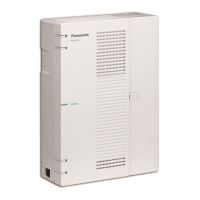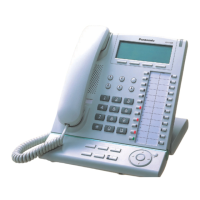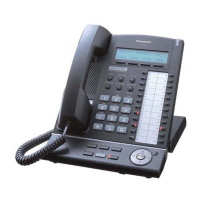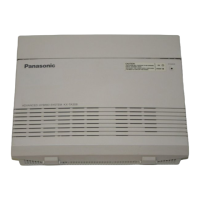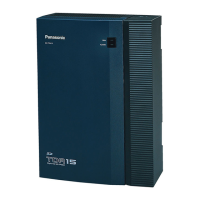Connection for 1000BASE-T
Switching Hub PBX (LAN Port)
Signal Name Pin No.
Pin No. Signal Name
TRD0 (+) 1 1 TRD0 (+)
TRD0 (−) 2 2 TRD0 (−)
TRD1 (+) 3 3 TRD1 (+)
TRD2 (+) 4 4 TRD2 (+)
TRD2 (−) 5 5 TRD2 (−)
TRD1 (−) 6 6 TRD1 (−)
TRD3 (+) 7 7 TRD3 (+)
TRD3 (−) 8 8 TRD3 (−)
Note
• Use an Ethernet cable with an RJ45 connector for connection to a switching hub. The cable should be
a CAT 5 (Category 5) or higher for 10BASE-T/100BASE-TX, or CAT 5e (Enhanced Category 5) or
higher for 1000BASE-T.
• Make sure that all CAT 5/CAT 5e cables in use are not over 100 m (328 ft) in length.
• Make sure to set the port of the switching hub that connects to the LAN port to operate under "Auto
Negotiation" mode.
• Activate the spanning tree for the L2 switch to be connected.
• If using the LAN/WAN port as a LAN, do not connect the LAN port and the LAN/WAN port to the same
L2 switch as this causes a network loop.
• Make sure to create a spanning tree for LAN connection in order to prevent loops from occurring in a
multi-bridged environment. Otherwise, some packets may circulate for long periods of time and
eventually PBX performance system may degrade.
• When using the WAN/LAN port as a LAN port, the port operates as an L2 switch hub of the LAN1
port.
• The WAN/LAN port can be used as a Mirror port. For more information, refer to 3.1 Network
Configuration-LAN2/WAN2 Setting & Information-Port Mirroring in Programming Item List.
3.12.1 Wired LAN Connection
Getting Started 95
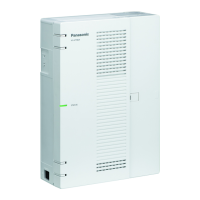
